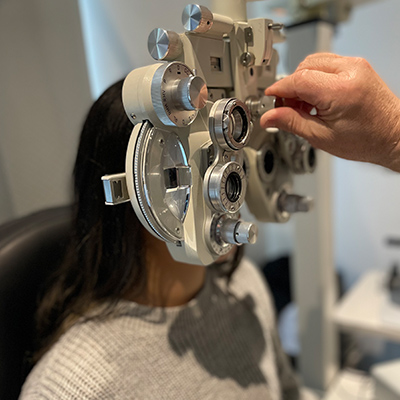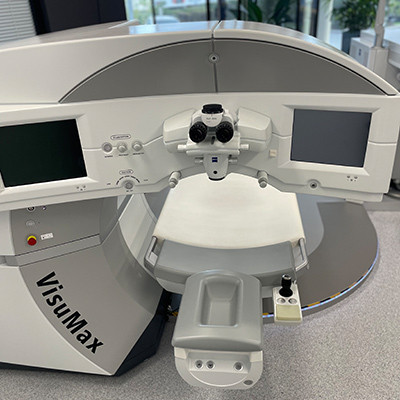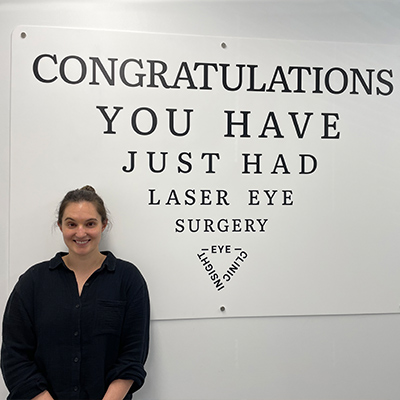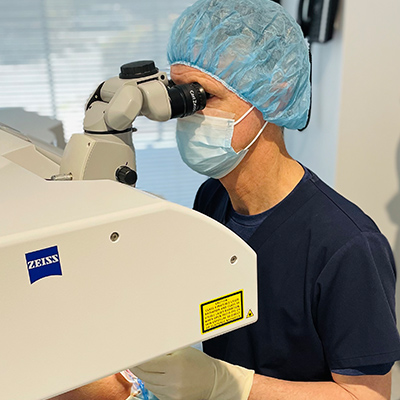All About Presbyond ®
What is ‘presbyopia’?
Presbyopia is a natural part of aging where the eye’s natural lens loses its flexibility, making it harder to focus on close objects. In order to correct the near vision problems, a person might be recommended one of the following:
 • Reading glasses
• Reading glasses
• Trifocal / bifocal glasses
• Monovision contact lenses
• Refractive surgery
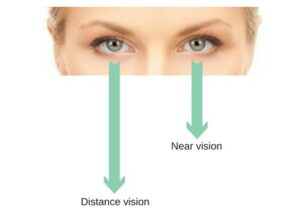 What is ‘Presbyond’?
What is ‘Presbyond’?
Presbyond, also known as ‘laser blended vision’, is a laser eye surgery procedure designed to correct presbyopia. It utilizes a modified LASIK approach to reshape the cornea, creating a “blended vision” effect where one eye is optimized for distance and the other for near vision.
This allows both eyes to work together for a wider range of focus. This technique aims to minimize the need for reading glasses or contact lenses.
What is the Presbyond enhancement rate?
What is refractive lens exchange (RLE)?
Refractive lens exchange (RLE) is a surgical procedure that replaces the natural lens of the eye with an artificial intraocular lens (IOL) to correct vision problems such as short-sight, long-sight, astigmatism and presbyopia. It is similar to cataract surgery, but performed on clear lenses before they develop cataracts.
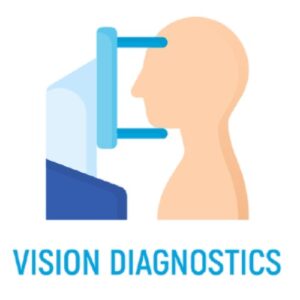 How does RLE correct presbyopia?
How does RLE correct presbyopia?
During your primary consultation, various measurements are taken to assess the precise prescription, vision problems and eye shape. These measurements combined with the patient’s lifestyle and vision preferences help the surgeon to choose the best type of IOL for them.
IOL’s such as EDOF (extended depth of focus) and Trifocals correct presbyopia, providing the patient with well-rounded vision at all depths.
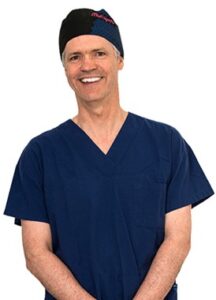 Why does Dr Furness prefer RLE as a presbyopia solution?
Why does Dr Furness prefer RLE as a presbyopia solution?
LASIK – the laser process used with Presbyond, has an increased rate of dry eyes following surgery which in some cases, may last several months. Presbyond also has a high enhancement rate meaning that patients may require more than one or even two surgeries (depending on their age at time of primary procedure).
RLE provides a permanent long-term solution for vision problems, including presbyopia. It also ensures that cataract surgery is not required later as the natural lens (where cataracts occur), has been replaced.

